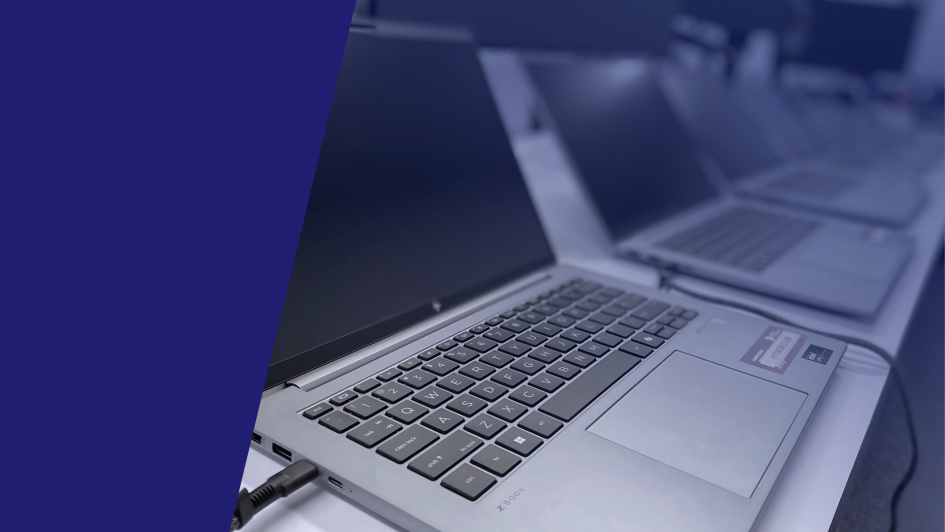Replace, Repair or Risk it?
1 October 2025By Jenna Polson | Cyber Security | No Comments
The break-fix cycle
With AI and cybersecurity front of mind for business investment, leaders are looking for ways to reduce IT costs elsewhere.
IT devices are a major cost category to businesses, so on the surface, it’s logical to try to make use of these assets for as long as possible. You put up with sluggish performance and a few extra support calls to gain another year before replacement.
But what are the costs you’re not counting?
Quantifying the hidden costs
A study of over 2,100 small to medium businesses explored the costs of maintaining devices by age. It found that once devices pass their fourth birthday, they’re 2.7 times more likely to require repair. Plus, the costs to maintain and repair them are 1.6 times higher than for younger devices.
But that’s only part of the story. Devices more than four years old also drain productivity. Work slows with device performance, and downtime adds up across those extra support calls. Lost productivity costs were found to increase by 3.1 times after the fourth year.
And that makes sense. You’ve probably worked on a computer that’s showing its age. Maybe it needs a reboot twice a week to ease the symptoms. By the time you’re back at your desk, those interruptions have cost you 20 minutes per week, at your hourly rate. Multiply that by a few staff over months, and the impact really adds up.
Overall, the study found that the additional cost of maintaining a device beyond 4 years was an average of US$2,736. That’s equivalent to buying a solid, brand new device.
When’s the sweet spot?
This study shows the 4-year mark may be a pivotal moment for cost management, but every business has its own context. Factors to weigh include:
- Warranty periods: Microsoft devices arrive with a one-year warranty, though their three-year extension is usually worth considering.
- Operating system lifecycle: Windows operating systems are supported with updates in 5-year cycles. For example, support for Windows 10 ends in October 2025, prompting many businesses to refresh devices as part of that transition.
- Software compatibility: Legacy applications may not run on new devices. In these cases, weigh the cost of maintaining old hardware against the cost of migrating to a new software solution over the long term.
- Resource intensity: Not all devices age at the same pace. A well-maintained laptop used mainly for word-processing may perform smoothly for four years, while demanding analytical or design workloads can slow a device in half that time.
There’s no one-size-fits-all answer, even within a single organisation. But that shouldn’t detract from the benefits and opportunities of planning ahead.
Proactive lifecycle management
Like most things in business, the best approach to device lifecycle management it to have a clear plan, held lightly. Work with your IT partner to build a strategy that ensures you regularly review your IT assets, so you can identify that sweet spot before it’s passed.
That means capturing and reviewing data on the age, health and warranty information across all your IT assets. When you pair this with your day-to-day use cases and longer-term business goals, you’re not only more cost-effective. You’re better placed to level up your IT infrastructure in line with your business strategy.


